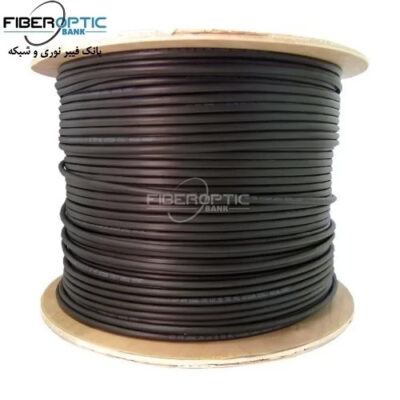Fiber Optic Cable Splicing
To begin, the standard definition of splicing in optical fiber is joining two fiber optic cables together. The other, more common, method of joining fibers is called termination or connectorization. Splicing is most commonly used in the field but has application in cable assembly houses. Infield installations, splicing is a faster and more efficient method and is used to restore fiber optic cables when a buried cable is accidentally severed.
Types of Splicing
There are 2 methods of splicing, mechanical or fusion. Both methods provide much lower insertion loss compared to fiber connectors.
Mechanical Splicing
Fiber optic cable mechanical splicing is an alternate splicing technique that does not require a fusion splicer.
A mechanical splice is a junction of two or more optical fibers that are aligned and held in place by an assembly that holds the fiber in alignment using an index matching fluid. Mechanical splicing uses a small, mechanical splice, about 6cm long and 1cm in diameter that permanently joins the two optical fibers. This precisely aligns two bare fibers and then secures them mechanically.
A snap-type cover, an adhesive cover, or both, are used to permanently fasten the splice.
The fibers are not permanently joined, just precisely held together so that light can pass from one to another. (Insertion loss < 0.5dB)
Splicing loss is typically 0.3dB. But fiber mechanical splicing introduces higher reflection than the fusion splicing method.
Fiber optic cable mechanical splices are small, quite easy to use, and are very handy for either quick repairs or permanent installations. They are available in permanent and reenterable types.
Fiber optic cable mechanical splices are available for single-mode or multimode fibers.
Fusion Splicing
Fusion splicing is more expensive but has a longer life than mechanical splicing. The fusion method fuses the fiber cores together with less attenuation. (Insertion loss < 0.1dB)
In the fusion splicing process, a specialized fusion splicer machine is used to precisely align the two fiber ends then the glass ends are “fused” or “welded” together using an electric arc or some type of heat. This produces a transparent, non-reflective and continuous connection between the fibers enabling very low loss light transmission. (Typical loss: 0.1 dB)
The fusion splicer performs optical fiber fusion splicing in two steps.
- Precisely align the two fibers
- Generate a small electric arc to melt the fibers and weld them together
With proper training, a fiber splicing technician can routinely achieve less than 0.1dB insertion loss splicing for both single-mode and multimode fiber cables.
In addition to lower splicing loss at 0.1dB typical, advantages of fusion splicing include less back reflection.
The common application for splicing is jointing cables in long outside plant cable runs. This is where a length of a run requires more than one cable. Splicing is generally used to terminate single-mode fibers (by splicing pre-terminated pigtails onto each fiber) but there are other uses. It is important to note that slicing can be used to mix different types of fiber cables like connecting 48 fiber cables to six 8 fiber cables going to different places.
Source: focenter
Related products...
fiber-optic-cable
fiber-optic-cable
fiber-optic-cable















[ratings]